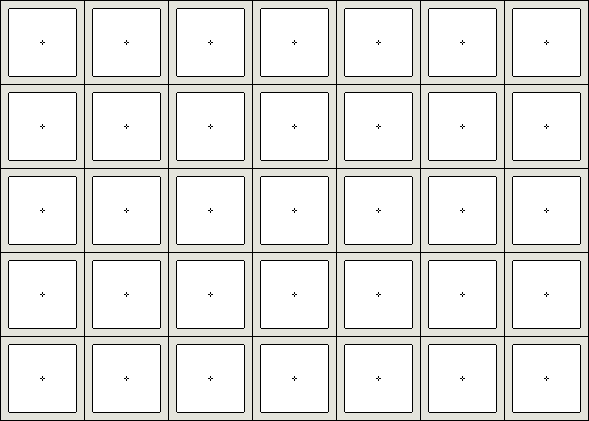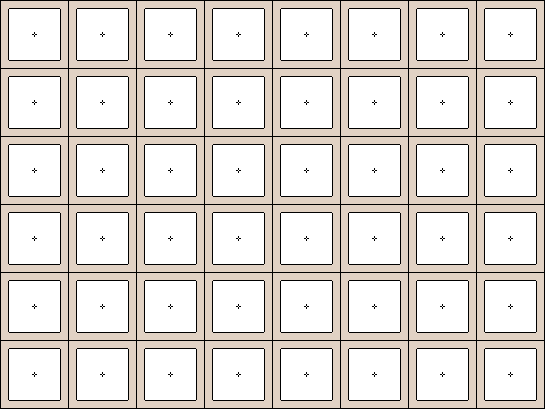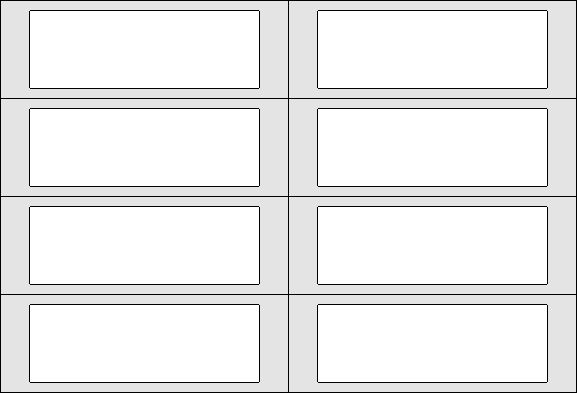Bee Breeding
Microscopy Tools
|
|
|
|---|
Microscope Slide Masks,
Coverslips and Spacers
Microscope slides are generally 76 mm x 26 mm x 1 to 1.2 mm thick, 76 mm x 50 mm exist, but are unusual and expensive.
|
Bee Breeding Microscopy Tools |
Microscope Slide Masks,
|
|---|
The cover slips are available in a variety of sizes...
22 mm square being most common, but 18 mm square, 22 mm x 40 mm, 18 mm x 40 mm are also available. Circular coverslips are available in 25.4 mm, 22 mm, 18 mm, 15mm, 12 mm diameters and a few others exist, but are not common.
The material can be glass of several types of different refractive index and some plastics are used as well.
Paper and card masks of various thicknesses can be used to space coverslips from slides when thick specimens are being mounted.
The samples shown here may be saved (using a right click) and then printed at 800 x 600 resolution and cut out using a scalpel or craft knife and a steel straight edge.
This first type is for coverslips that are 22 mm square. The marks at the centre of each mask may be used to mark circular cut-outs, should these be desired.

The second version is to suit coverslips that are 18 mm square.

This third mask can be used with two 76 mm x 26 mm slides to form a sandwich that can be viewed from both sides (ideal for examining the upper and lower surfaces of varroa for bee inflicted damage). The thickness of card should be chosen so that slight compression occurs to the carapaces of the mounted varroa, this traps them firmly in position and large numbers of mites can be included in every slide.

Paper and card masks can be placed in molten beeswax (in a warming cabinet). The masks can be mated to coverslips and the whole assembly fused together, under a metal weight, providing, of course, that your specimen will withstand the temperature of molten beeswax (63° Celsius).
Written... Sometime during 2000, Upgraded... 07 December 2004, Further Upgraded... 12 January 2007,
|